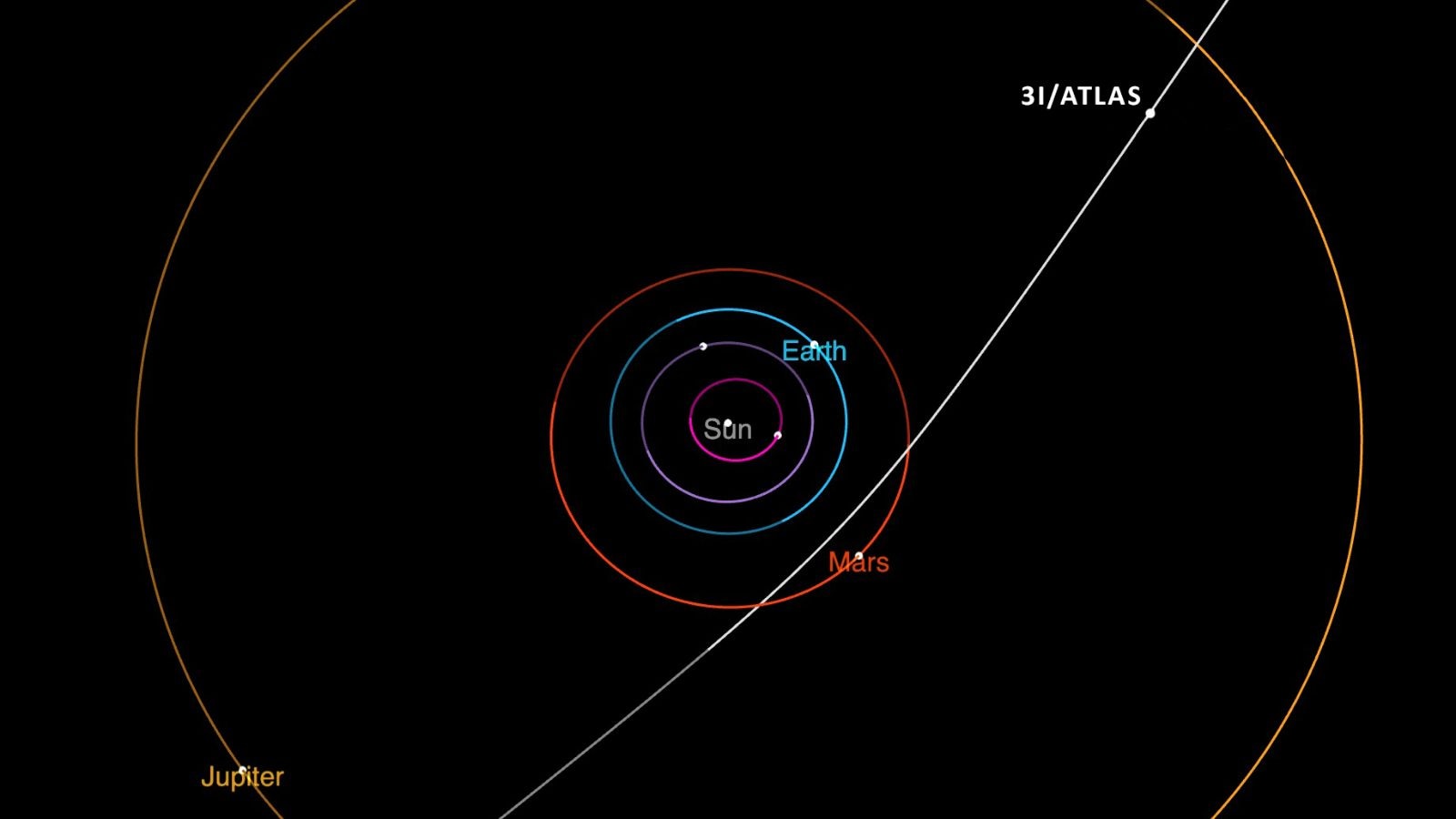A Harvard astrophysicist, Avi Loeb, believes that an alien craft might be approaching Earth; his argument suggests that the recently discovered object could be an artificial craft rather than a natural celestial body. The object, currently named 3I/Atlas, is believed to have characteristics different from those of a comet or meteor.
The most standout features of the object are its enormous size —bigger than Manhattan Island —and the fact that its brightness represents the reflection of sunlight from a solid object, said Loeb in an interview with Fox 10 Phoenix.
3I/Atlas is a comet discovered in July 2025 by the ATLAS survey telescope. It is the third interstellar visitor confirmed to pass through the solar system. The first was 1I/’Oumuamua in 2017, and the second was 2I/Borisov in 2019.
Given that the earlier interstellar objects were hundreds of times smaller, this poses a serious issue, according to Loeb. The astrophysicist argues that it is illogical that the third object from interstellar space will be 100 times larger than the first two and that we will not be able to observe anything in between.Such a massive object is more suspicious given the lack of rocky material in interstellar space. In the roughly ten years that the scientists conducted a sky survey, they calculated that there would not be enough rocky material in interstellar space to bring us a boulder this size.Loeb points out that this element is extremely uncommon and should only occur once per 10,000 years or more; therefore, it is extremely unlikely that it occurred naturally during the comparatively short survey time.
According to Nasa, this is a comet. It will stay at least 1.6 astronomical units away from Earth and is not a threat. About 150 million miles separate them. On October 29, 2025, the object will actually approach the sun the closest.
What Avi Loeb says
The Earth would be on the other side at that point. What’s most fascinating, the scientist notes, is that it seems to be trying to avoid us. It will be impossible for us to witness during this crucial closest approach.
According to the expert, it should erupt when it gets closer to the sun to release gas and develop a stunning cometary tail. And as per Loeb, they don’t observe a cometary tail.
The Hubble Space Telescope captured a very high-resolution image, but the scientists can see a glow around it that actually precedes it in the direction of the sun, with nothing behind it.
© IE Online Media Services Pvt Ltd

